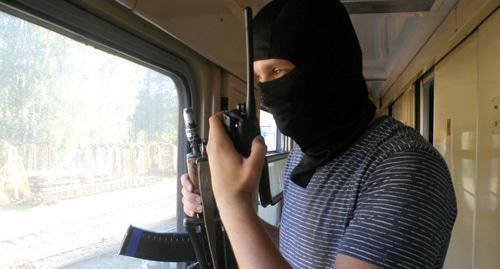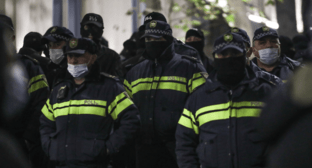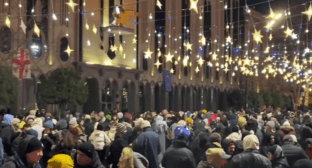
01 November 2018, 13:09
Scientists discuss methods to resist radical Islam in Kabardino-Balkaria and Karachay-Cherkessia
In Kabardino-Balkaria and Karachay-Cherkessia, violence on religious grounds is associated with the destruction of traditional hierarchies, increased individualism, and urbanization, believes Irina Starodubrovskaya, an author of the report on religiously-motivated violence.
According to her, the authorities of the republics react differently to Islamization, and therefore, in Kabardino-Balkaria, radicalization and an explosion of violence were observed, while moderate forms of opposition were noticed in Karachay-Cherkessia.
The Circassian movements of the Karachay-Cherkessian Republic (KChR) presented themselves as secular associations and distanced themselves from Islam, Konstantin Kazenin believes.
In the Kabardino-Balkarian Republic (KBR), the society supported tough measures of the law enforcement bodies against the radicals, said Akhmed Yarlykapov, Senior Researcher at the Centre for Studies of Caucasus and Regional Security Issues of the Moscow State Institute of International Relations (known as MGIMO).
According to the "Caucasian Knot", in Northern Caucasus, the level of violence in Kabardino-Balkaria was significantly higher than in Karachay-Cherkessia. So, in 2016, there were no armed incidents in the republic, and in 2015, there were also two of them (with four victims). In 2016, in Kabardino-Balkaria, seven armed incidents were registered and one terror act (14 people were killed and one was wounded). In 2015, there were 17 armed incidents (with 47 people killed and one wounded).
In the period from January to August 2018, no one fell victim to the armed conflict in Kabardino-Balkaria and Karachay-Cherkessia.
This article was originally published on the Russian page of 24/7 Internet agency ‘Caucasian Knot’ on November 1, 2018 at 07:03 am MSK. To access the full text of the article, click here.
Author: Rustam Djalilov Source: CK correspondent




